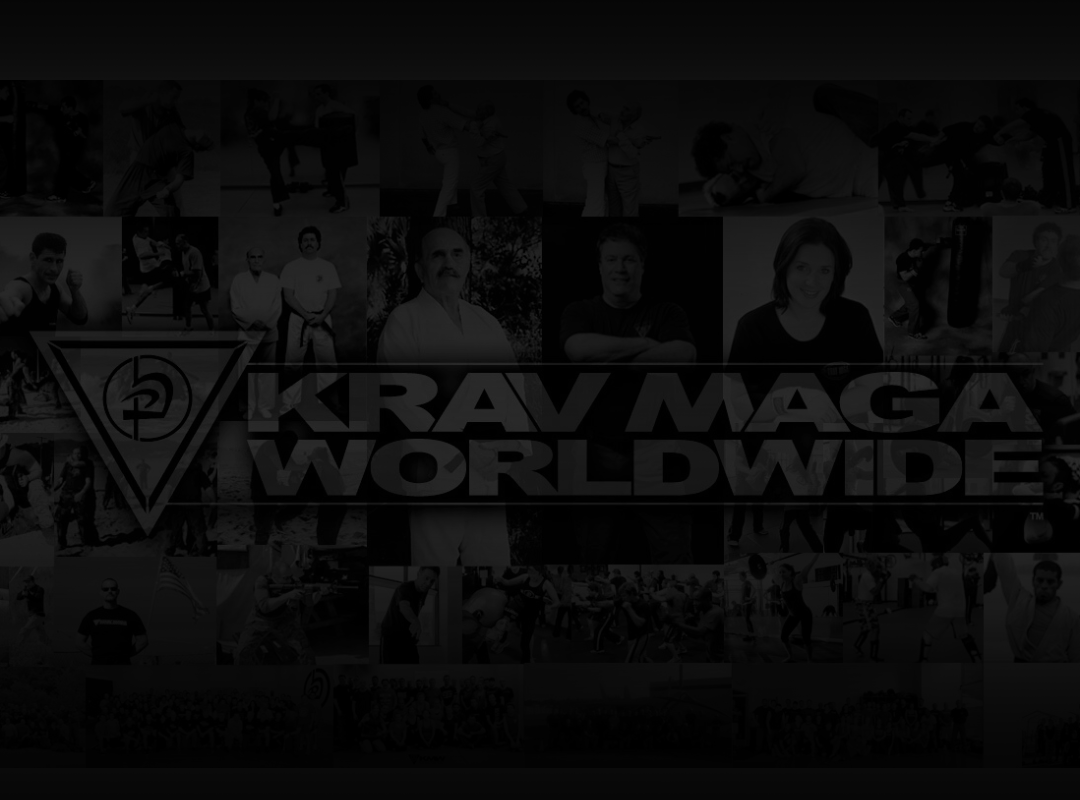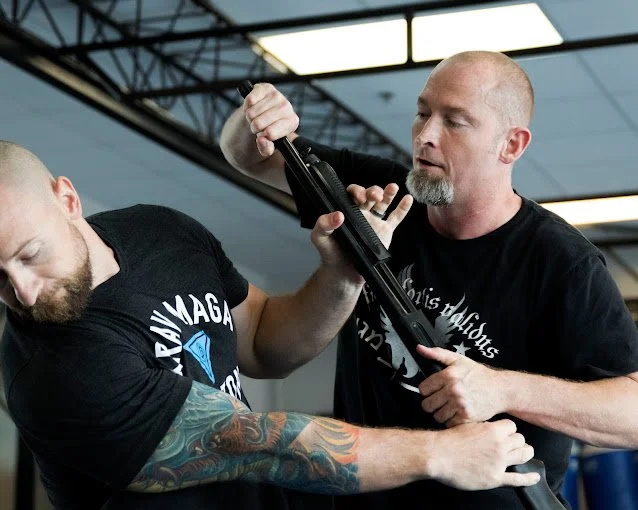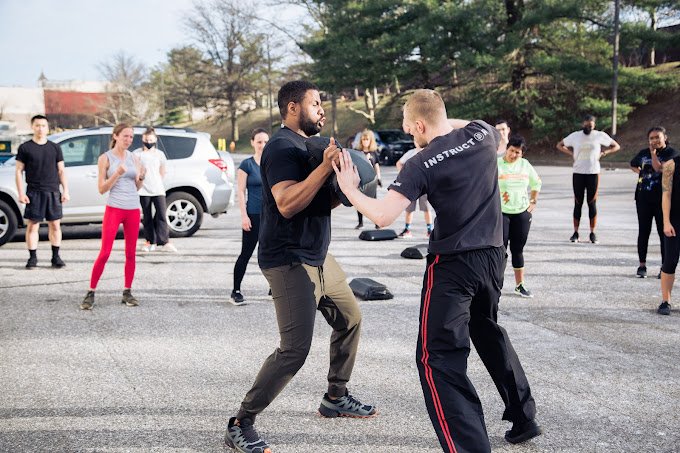
THE #1 SKILL-BULDING SELF DEFENSE SYSTEM ON THE PLANET.
IMPORTANT ANNOUNCEMENT:
SUPPORTING OUR LOS ANGELES COMMUNITY
In an effort to help the ongoing relief and rebuilding efforts in Los Angeles, we’re supporting two outstanding organizations with fundraising campaigns: California Community Foundation’s Wildfire Recovery Fund (supports LA fire victims) and the Los Angeles Fire Department Foundation (supports LA firefighters).
To learn more about each organization and donate, please follow the link below.
Explore the dynamic world of Krav Maga, uncovering why it's unique with curated blogs, training tips, and exclusive video content.
Discover training facilities and certified instructors near you and learn how to get started with our classes.
Ideas on how to start a Krav Maga school or add Krav Maga to your existing martial arts program with KMW Licensing.
FREE DOWNLOAD
krav maga worldwide personal safety checklist
Unlock your potential for personal safety with our FREE Krav Maga Worldwide Personal Safety Checklist! This free guide offers essential things to consider when it comes to assessing your own safety measures.Our Services
To speak with a team member about licensing, instructor courses, opening a school, or if you need assistance finding a training center, please fill out your information and we will reach out within 24 hours.
need more?
Praise for kmw licensed schools


























